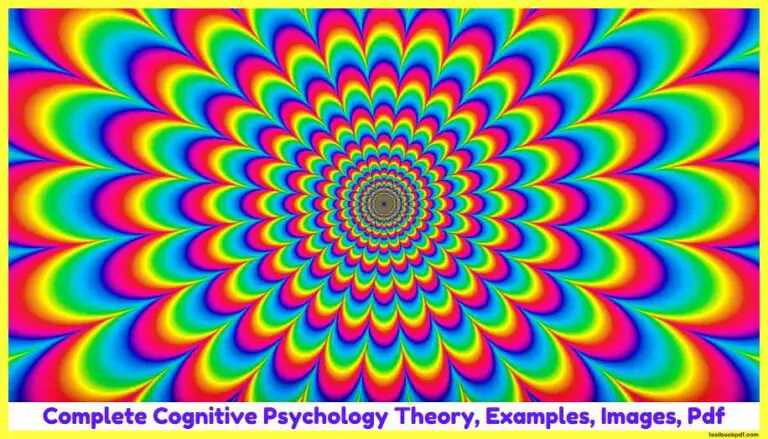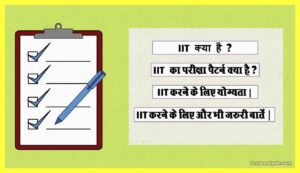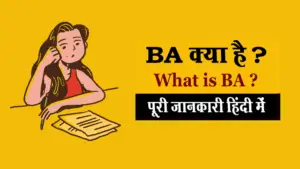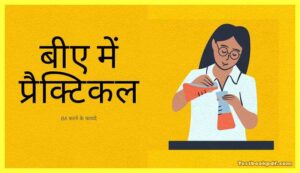Complete Cognitive Psychology Theory, Examples, Images, Pdf
Today we’re going to talk about Complete Cognitive Psychology Theory, Examples, Images, Pdf, etc. ( Links are available in a Table at the End of this article. ). So, Let’s Start with the basic principles of cognitive psychology but before we dive in we have to Clear All our Doubts like what is cognition exactly? What is cognitive psychology?
What is Cognition?
Cognition is the term that describes the processes and complexes of knowledge itself, cognitive psychology in the short term is the study of –
- Mind
- Perception
- Attention
- Memory
- Procedures
That is involved when we receive collect and retrieve information.
What is cognitive psychology?
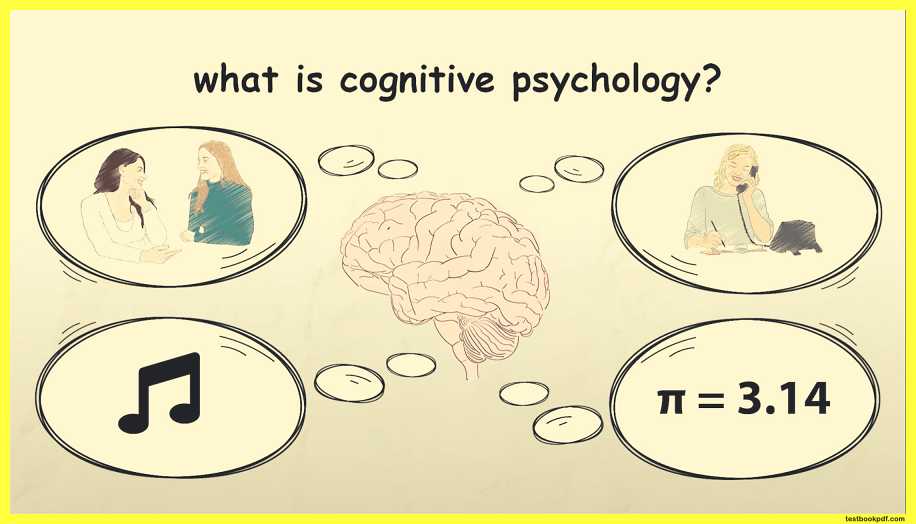
Cognitive psychology studies are mental processes and cognition, these mental processes that cognitive psychologists focus on include –
- Memory
- Perception
- Thinking
- Language
Some of the main assumptions of cognitive psychology include the following –
- Internal mental processes such as memory thinking reasoning problem-solving and language are important features influencing human behavior
- The human brain is like a computer it receives interprets and responds to information
- People’s problems often arise due to faulty or irrational thinking which can be traced and often remedied using cognitive therapy
What are the strengths of cognitive psychology?
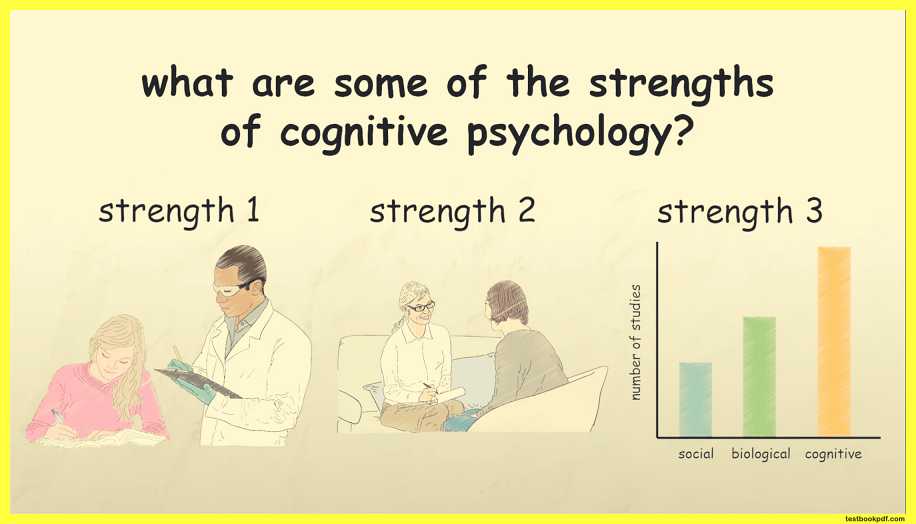
The main strength of cognitive psychology is that this approach has tended to use a scientific approach through the use of laboratory experiments –
- A strength of using laboratory experiments is that they are high in control and therefore researchers are able to establish cause and effect.
- A further strength of the cognitive approach is the useful contributions that have arisen from this approach – for example, many modern types of therapy are based on the cognitive approach understanding cognitive processes allows us to help people to improve their cognitive processes such as memory and language.
- Furthermore, the cognitive approach has become the dominant approach in psychology particularly since it has become allied with neurology the cognitive approach nowadays is often called cognitive science and is able to provide a very sophisticated understanding of how the brain processes information.
What are some of the weaknesses of cognitive psychology?
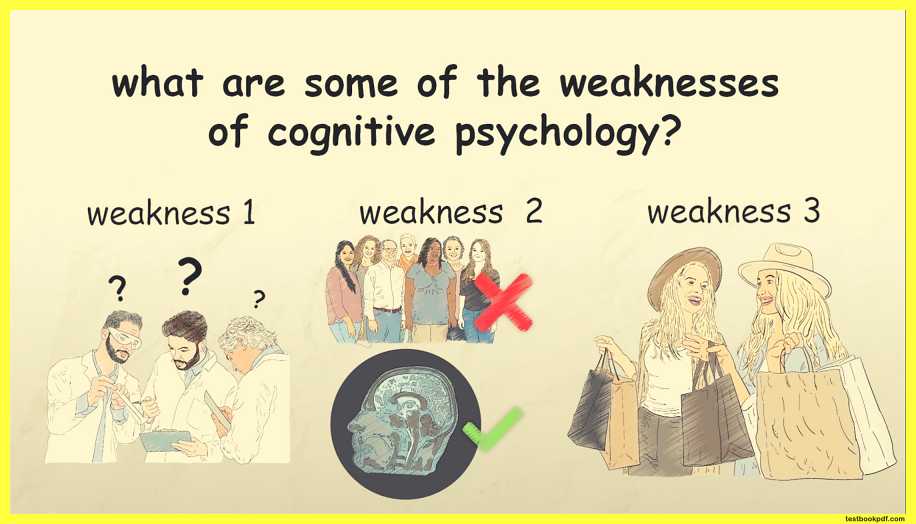
A weakness of the cognitive approach relates to the validity of measuring cognitive processes –
- We can only infer what a person is thinking and therefore the cognitive approach relies heavily on self-report measures and observation however because of the developments of brain scanning techniques we are able to Kord the active parts of the brain more accurately nowadays and cognitive science is providing a more and more detailed description of how cognitive processes work – for example, brain scanning techniques are giving great insights about how memory works.
- It has been argued that another weakness of the cognitive approach is that it leads to a reductionist and mechanistic description of experiences and behavior because of its reliance on the computer analogy reductionism is the idea that complex phenomena can be explained by simpler things the cognitive approach often takes this narrow focus and ignores social and emotional factors which may impact on cognition however the reductionist approach does have strengths an advantage of the reductionist view is that by breaking down a phenomenon to its constituent parts it may be possible to understand the whole this type of single-mindedness has led to some great discoveries in psychology as it has in the Natural Sciences.
- Another weakness is that since laboratory experiments are often used research is low in ecological validity because the situation is too controlled and therefore doesn’t relate to everyday life so we need to be careful when generalizing the results.
Cognitive vs Behaviorists
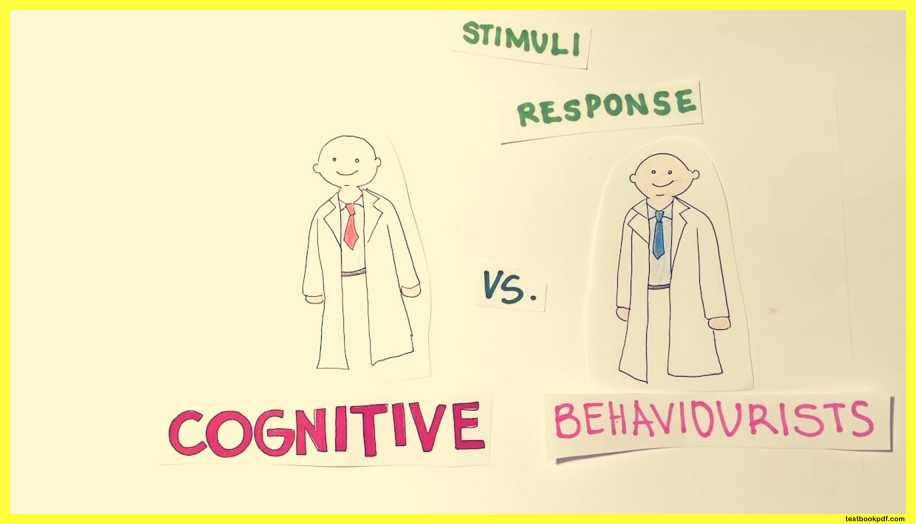
Cognitive psychologists and early are the opposing parties to behaviorists who believe that nothing intervened between stimuli and response in terms of mental processes these cognitive psychologists abided behind two basic principles that favored them in regards to their opposer.
They primarily believe that mental processes can and should be studied scientifically this was because their study would provide the opportunity to formulate theories that later on could be tested using scientific methods making models about the unobservable allowed scientists to reach conclusions and subjects that behaviors never could and in addition. The use of cognitive socio-cultural and biological levels of analysis provided the use of triangulation in certain studies that let scientists reach a whole new level of depth.
Cognitive Psychology: Multi-Store Model (MSM)
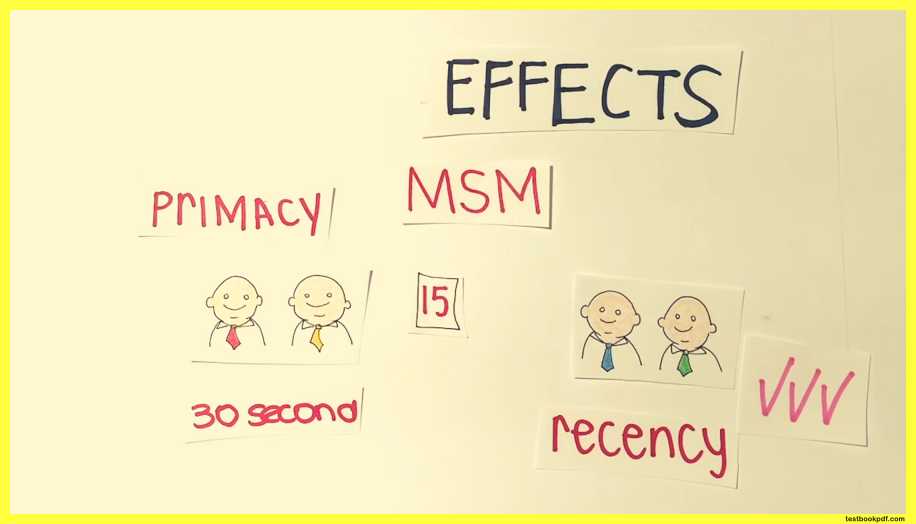
One model that was created things took the help of cognitive psychologists and proposed an information processing approach to memory was the multi-store model or MSM, which is composed of three primary stores of memory.
- Sensory
- Short
- Long-term stores
These three very interaction capacity coding advanced through varying methods.
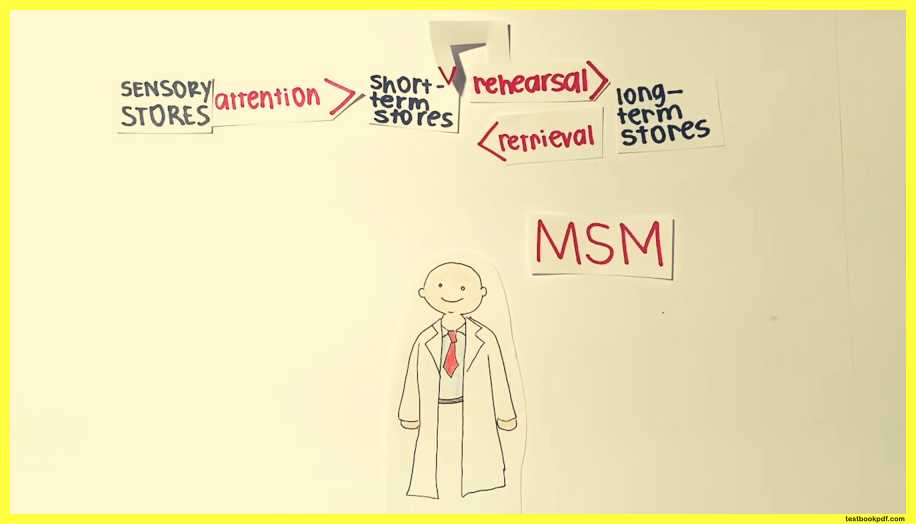
First
Our senses will pick up on stimuli visual information can be referred to as iconic memory whereas addition iconic memory attention is responsible for memory traveling from sensory to short-term stores which unlike sensory and long-term has a quite small capacity through rehearsal information will then go to the long-term and can later be receipt retrieved bringing it back to the short-term store again.
A list of 15 words Test (1966)
There have been several studies major research memory phenomenon, a well known one being that of glands during Kunitz in 1966 this study was taken about by shown subjects a list of 15 words with instruction to memorize them half of them recalled the words immediately while the other had a 30-second delay where they will were told to count backwards in threes from a three-digit number in order to avoid rehearsal as expected with subjects that recalls immediately researchers received results with primacy and recency effects these being when one recalled smells the first and the last words that you read with subjects that recalls after a delay recency effects were no longer visible given that short-term memory was lost after the 30 seconds but primacy effects still affected the curva recall this went along with the MSM seeing as primacy effects showed how the first words are commonly the most rehearsed showing to be the most recalls in both trials while the recency effect went on to prove that recall while the recency effect came on to prove that we recall best the things that remain in short-term memory even though they remain there for a short time period this therefore shows that mental processes can and should be tested scientifically
Second
Cognitive psychologists stood behind the idea mental representations guided behavior they thought that reality was always interpreted through cognitive mediators that hindered the process of inputs to output, this went along with the schema theory a cognitive structure that provided an idea as to how information was organized and clustered according to this model we divide knowledge into three categories –
- Scripts
- Self
- Social schemas
These aspects allow for information processing efficiency as well as regulating behavior under responses yet they can also lead to distortions when the wrong scheme has become activated, a famous study that pinpointed this idea was that of Loftus and polymer in 1974, scientists here aim to find interactions between language usage and memory by changing the phrasing of a question in order to see its influence and the judgment of speed they tested subjects in a laboratory experiment which gave the study high levels of control yet low ideological validity.
Cognitive Psychology: Traffic Accident Film Test
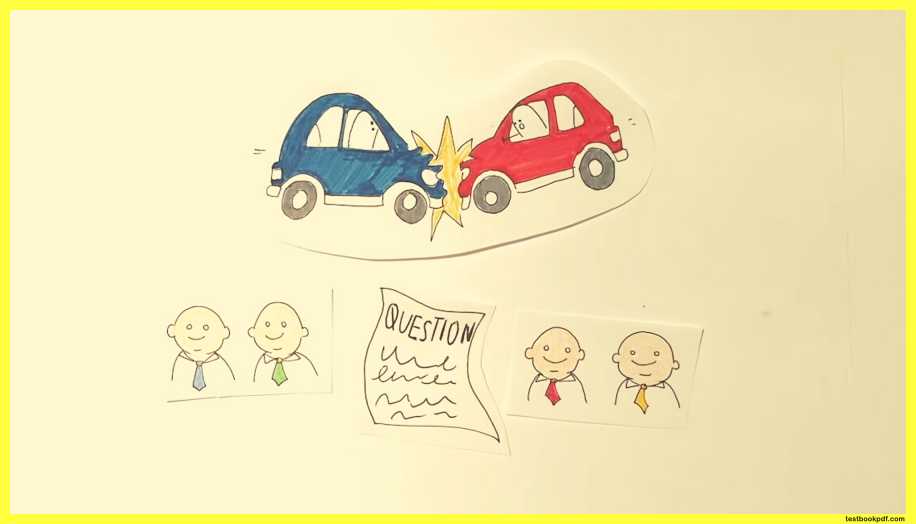
45 students were shown the same seven short second long films of traffic accidents though with varying orders by the end of each video they received a questionnaire asking them to give an account of the accident they had witnessed and then answer a series of short questions, most of these were irrelevant except the one critical question that would determine the outcome of the study, the answer to this would be the dependent variable the critical question asked participants to say the speed the cars were going when they hit each other however the twist that made this question be the independent variable was the verb, other words instead of the word.
- Hit
- Smashed
- Collided
- Bumped
- Contacted
Groups of nine were shown different words and their estimate of speed would determine the lab outcome in the end results found that there was an interaction between these factors seeing as more violent verbs received a higher mean speed the results were the following-
- Smashed received – 40.8 mph
- Collided received – 39.3 mph
- Bumped received – 38.1 mph
- Contacted received – 31.8 mph
- Hit received – 34.0 mph
Showing a significant effect between wording and eyewitness answers, there are a few reasons whether this may have occurred one being demand characteristics that may have caused faulty collection like response bias or Hawthorne effect we’re uncertain participants would have used the verb to bias their response and the other one being the distortion of memory occurring due to the activation of different schemas.
The verb would make the participants either more or less of your accident in their mind in order to further support their experiment and rule out the possibility of data changing effects left of and polymer conducted a follow-up lab where they showed one hundred and fifty participants a one-minute film that contained a multiple car accident, the sample of subjects was divided into three groups –
- One group was asked a questionnaire including a critical question to ask the speed that the cars hit each other
- The other is a questionnaire.
- And then a critical question that was phrased with the word smashed instead.
- And then there was a final control group that got asked no questions at all.
After one week’s times participants were asked to recall the clip and answer whether or not they saw any broken glass even though the film showed none results showed the following the group that received the verb smashed claimed 32 percent to have seen broken glass whereas hit 14 percent and the control group 12 this showed had the schema distorted their memory by creating an expectation of probability that glass was broken due to the intensiveness verb.
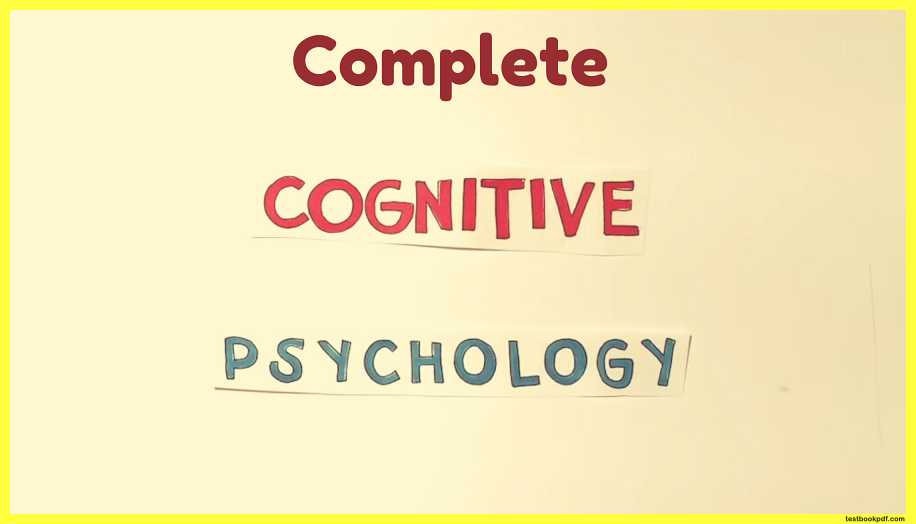
Read also:
Behaviorism Psychology Theory, Examples, Images, (Pdf Link)
All Psychological Perspectives Theory, Examples, Images, Pdf
Click here for Complete Psychology Teaching Study Material in Hindi – Lets Learn Squad
